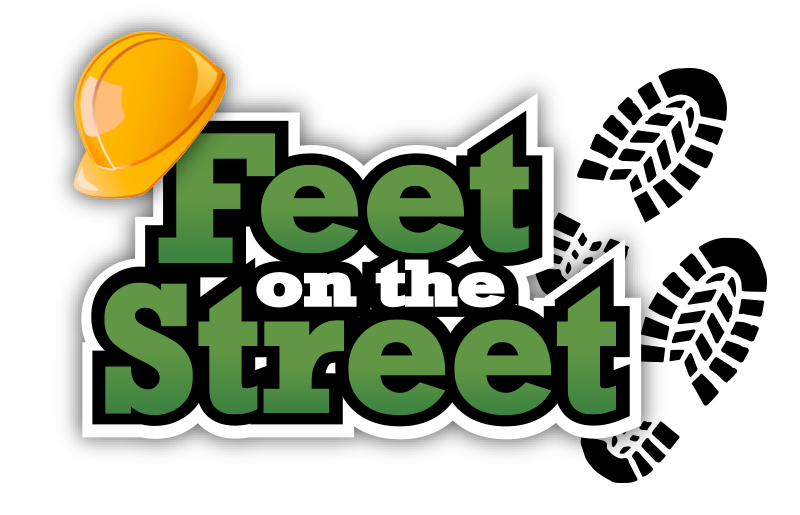
Feet on the Street – It’s not the start we were expecting.
Interest rates are likely staying higher for longer
Even though almost everyone believes the Federal Reserve’s decisions directly impact long term interest rates, it’s not true. This month, Morningstar reported “Despite the Fed’s rate-cut campaign, medium- and longer-term interest rates in the US have risen sharply in recent months. Interest rates, as measured by US Treasury bond yields, took a highly unusual path and moved substantially higher after the Federal Reserve began their rate-cutting cycle on Sept. 18, 2024. This unanticipated outcome was most pronounced in longer-dated bonds with maturities 10 years or longer. But perhaps surprisingly, medium and longer-term rates moved in the opposite direction over the same time period. Since mid-September 2024, the 10-year US Treasury yield has increased by 100 basis points, and the two-year yield has increased by around 60 basis points.”
Tariffs are on the way
In separate reports in early February 2025, the National Association of Homebuilders wrote “In a move widely expected to raise residential construction costs, the White House has announced that 25% tariffs on all imported steel and aluminum products will take effect in March. The new tariffs on steel and aluminum products are projected to raise the cost of imported steel and aluminum products by several billion dollars, adding layered costs that could substantially impact builders’ ability to deliver new single-family and multifamily projects. The week-to-week framing lumber composite price increased 1.2% on Feb. 7, 2025. Lumber prices are now 13.2% higher than they were one year ago.” QuickDraw is just now seeing “Tariff Increases” clauses in General Contractor agreements, providing compensation for the actual and reasonable project related cost escalations resulting from the increase in taxes and tariffs on goods.
Natural Disasters and the cost to rebuild
In January, the Pacific Palisades and La Canada Southern California wildfires sadly brought loss of life and devastation on a scale the likes we have never seen before. Over 12,000 homes, businesses, schools and structures were lost. In the recent past, disasters struck throughout the country. Tornado outbreaks in the Midwest, The Southfork Fire in New Mexico, The Southeast saw Hurricanes in Florida, causing flooding in North Carolina and Tennessee and many other severe weather events. When natural disasters strike, cost increases are foreseeable. Supply and labor shortages may lead to higher project costs in a disaster area. When insufficient supplies or workers go around, companies have to be the highest bidder to access the needed resources.
Where are Construction Costs headed?
Our research shows that according to current forecasts, construction costs are expected to increase in 2025, with most predictions indicating a rise between 5% and 7% due to factors like continued global inflation, rising material prices, and potential supply chain disruptions, impacting both residential and commercial construction sectors.
One company’s 2025 perspective and reason not to give up hope
A Los Angeles based Commercial Brokerage Agency emailed us the following “After four years of volatility and persistent doom and gloom narrative, the commercial real estate market is finally showing signs of stabilization. The 2025 lending landscape looks more stable with increased lender appetite, despite continued challenges due to the elevated interest rate environment. Despite ongoing uncertainty, most lenders are increasing allocations and expressing cautious optimism as they work to put out more money than in 2024.” We at QuickDraw see a similar outlook and approach with our lender clients. January was a solid month. Deal flow is increasing and the trajectory looks strong. We predict the second half of 2025 will see significant growth.
Construction Lending is not for the faint of heart.
It’s capital intensive, project completion cycles on average are two years long, requiring the approval of multiple agencies and contributions from many companies along the way. It’s a speculative, high-risk platform that requires a team of professionals to help manage and reduce construction risk. This is exactly what we are built for. QuickDraw reviews agreements, tracks data and documents, manages budgets and asks the tough questions to help our clients deploy capital quickly and safely. Our work helps make projects successful for everyone. Call us today, we’re always happy to help.
– Greg Norris
QuickDraw is the go-to fund control partner for residential, commercial and industrial construction projects. From coast to coast, QuickDraw makes the fund disbursement process a positive experience for all. We provide an array of services including Fund Control, Draw Inspections, Cost Reviews and Portfolio Management.
